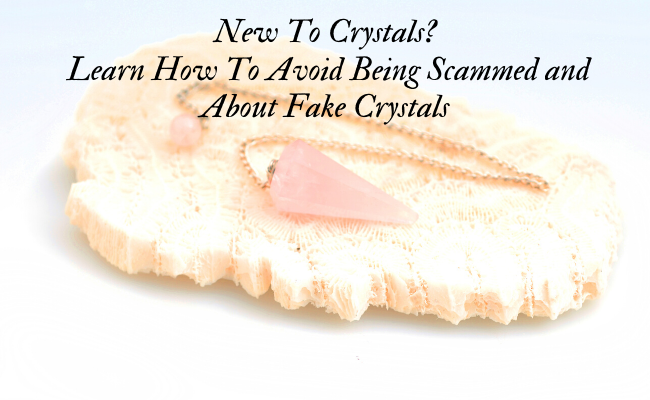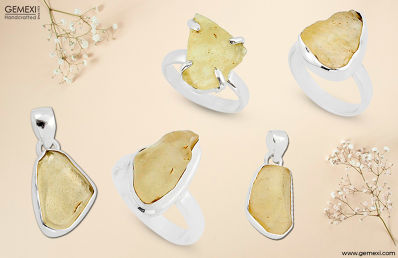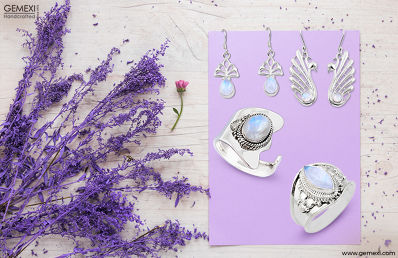New To Crystals? Learn How To Avoid Being Scammed and About Fake Crystals
By Gemexi Team | Gemology- Updated On Jun 25, 2020

This blog is for people who are new to crystals and have very little knowledge about it. We will be discussing specific points that will help you avoid being scammed and know the difference between fake and genuine crystals. Many sellers sell artificial crystal pieces to make money, and some sellers sell authentic crystal pieces and set a good standard. You need to know what exactly you want to buy and for what purpose.
There are specific common characteristics that are associated with fake crystals. Let's study them in detail:
Irradiated- (For changing the color, crystal is heated, or a metallic coating is applied): The most common irradiated crystals are found in an Aura Quartz. Manufacturers take up the clear quartz, heat them, and give them a metallic coating for creating an iridescent look. They look quite pretty but are not natural.
Dyed- (The crystal is dyed to set it to another color for making it look like something else): Citrine and Turquoise are the two crystals that are dyed and are fake and passed on as a real deal to the buyers.
- Real Turquoise is expensive and rare. Fake ones are dyed to a blue color, which is weird in looking with black or brown deep odd crack lines. Also, if you find Turquoise in cheaper rates, those are not the genuine ones.
- Most of the manufacturers heat the Amethyst to develop citrine crystals. On heating the Amethyst, it turns the natural purple quartz to deep burnt orange. A natural Citrine will show more of lemon shade, which is quite different from that of a fake citrine. Genuine Citrine has more price rates than fake ones. Africa and Brazil are the two places where mining of crystals are done at present.
Lab-created- (These are the crystals developed in the laboratory and are not naturally derived): The crystal pieces are either derived from the earth or lab-created ones. It's an obvious thing that all the buyers want to buy natural crystal pieces as it has a natural energy and healing powers. Labs created crystal pieces are chemically developed and are identical to the natural ones. They have perfection in them.
Perfect- (There are imperfections in natural crystals): If the crystal piece looks perfect, it would either be an expensive quality piece from the museum or can be fake. Fake quartz is developed by passing off the glass. If it possesses air bubbles, it is probably glass. Quartz has misty looking areas and cracks as well, and if it is clear, it is super expensive and is a museum-quality one. Quartz is generally denser than glass.
Overpriced- (Prices of the crystals are high without any reason): Some sellers sell crystal pieces at a much higher price rate. Those crystals are not even worth the standards applied. First, you need to gain knowledge about individual crystals and know how the genuine one can be identified. This way, you will be able to measure the worthiness of the crystal pieces.
Avoid being scammed
You need to beware of whom you are buying crystals. It would be best to read the reviews before purchase and carry out some research regarding the prices of the gems you want to buy. To get a genuine crystal, you must do an in-depth analysis.










0 Comments
Write Comments